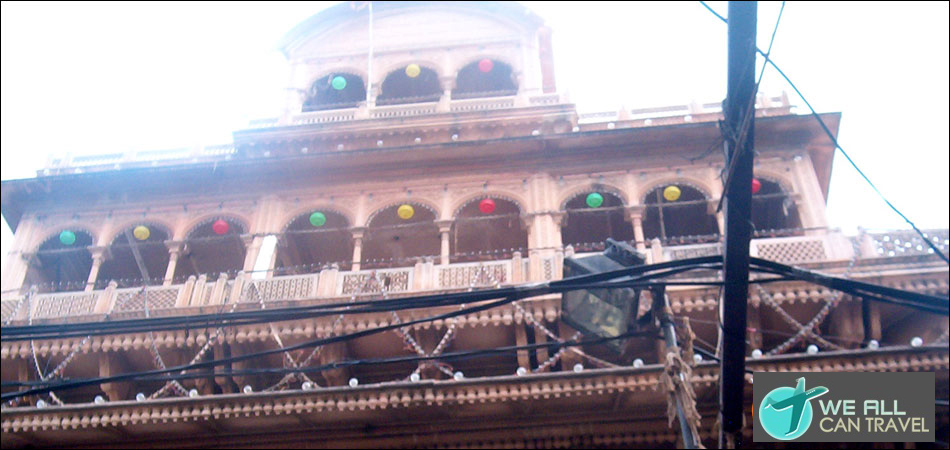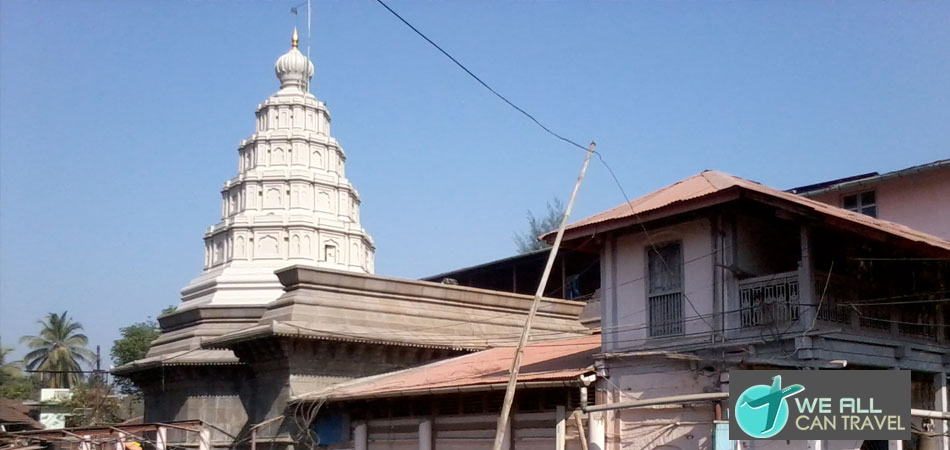Festivals In Mathura
Holi is celebrated on the full moon day in the month of Phalguna (Feb-March). Holi in Braja is celebrated for several days, at different places around Braja, before the actual day of Holi.
People throw colored powdered dye and colored water on each other. This is joyfully celebrated in Braja, especially at Varsana, Nandagram and Dauji. In Varsana the festival includes colorful processions with music, song, dance, and some boisterous scenes around the temples. If you go to these festivals you should expect to be totally covered in dye and never to be able to use the clothes that you are wearing again, at least until next year's festival. This is celebrated at the same time as Gaura Purnima.
Places Holi Is celebrated
Varsana Groups of visitors go around in small and large groups here. In the afternoon gopas (men) from Nandagram come to Varsana and play Holi with the local gopis (women) of Varsana. The women hit the men hard with 2 ½m (7ft) long bamboo staffs. The men have shields which they protect themselves with. During this time local songs are sung. This festival is celebrated on the ninth day of the month of Phalguna (Feb-March).
Nandagram The day after the Holi festival at Varsana, Holi is celebrated in Nandagram. The gopas (men) from Varsana come to Nandagram to play Holi with the gopis (women) there. The flag of the Larily Lal Temple in Varsana is carried in an elaborate procession to Nandagram. At this time the residents of Nandagram attempt to capture the flag, but their attempts are foiled. After this, women play Holi with bamboo staffs. This festival is celebrated on the tenth day (dasami) of the month of Phalguna (Feb-March).
Phalen On the full moon night in Feb/March a huge bon-fire is burned. One of the local priests walks through the fire unscathed. One story about Holi is that Prahlada Maharaja refused to worship his father and wanted to worship his father's enemy, Lord Vishnu instead. His father's sister Holika, who was immune to being burned, sat with the boy in a big fire. Prahlada's devotion was so great that Holika was burnt to death and Prahlada was unharmed. The Holi festival at Phalen re-enacts this event.
Dauji (Baldeo) The festival here is a pretty wild event. Women pore buckets of colored water on the men. The men are also thrashed with whips made of cloth, which has been torn apart from men's clothing. The men can not touch the bodies of the women or unveil their faces. From the roof of the temple; basketfuls of colored powder are emptied on participants and onlookers, creating a thick haze of colors.
Janmashtami, the day when Lord Krishna was born is no wonder celebrated with much pomp and show. People enact the many legends during the time of Lord Krishna and folklore and recitals take place throughout the night. In Mathura, thousands of devotees gather to offer prayer and the atmosphere is electric. At midnight, the time when Lord Krishna was born in a prison, the celebration reach a crescendo. The main celebrations are performed at the Dwarkadhish temple in the form of Jhulanotsava and the Ghatas during the entire month of Monsoon called 'Shravan' in Hindi. The Ghatas are the most spectacular feature of the month long celebrations. During the Ghata of a particular color the whole temple including the clothes of deities are covered with decoration in the same color.
Vrindavan has a distinct style of its own. The processions heavily decorated with 'Jhankis' or tableaus, depicting various episodes of Lord Krishna's life, are brought out in the city. The most spectacular displays during the period are the gold and silver 'Jhulas' or swings that are taken out on display only during the occasion. The Raslila enactments further add to the festive spirit. Apart from that Earthen-pots of curd and butter are hung up over the streets. Young men enacting an episode from Krishna's childhood form human pyramids by climbing on each other's shoulders and try to break these up
 >> Amarnath Temple
>> Amarnath Temple >> Bagnath Temple
>> Bagnath Temple >> Banke-Bihari Temple
>> Banke-Bihari Temple >> Bhimakali Temple
>> Bhimakali Temple >> Bhojeshwar Temple
>> Bhojeshwar Temple